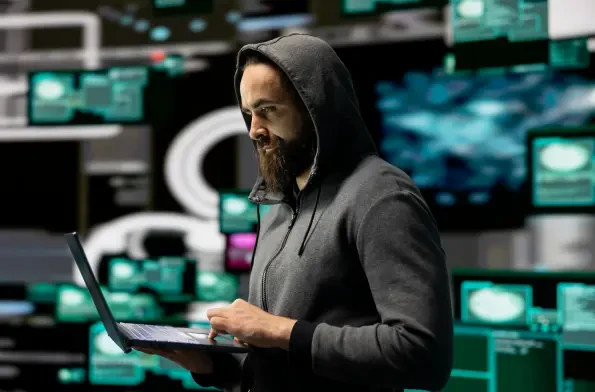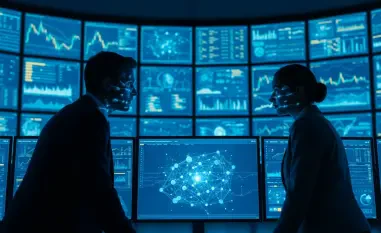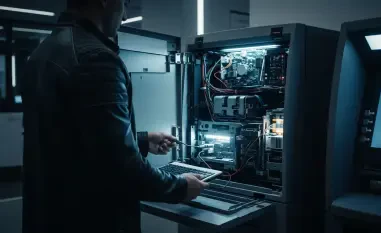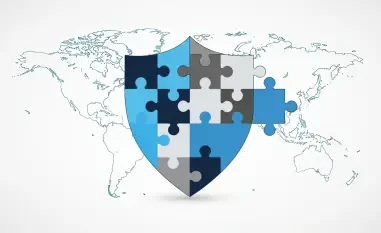What happens when a massive cyberattack hits a Fortune 500 company, exposing sensitive data and grinding operations to a halt, with the world watching for answers? In 2025, the Chief Information Security Officer (CISO) steps into the glare of the spotlight, no longer just a technical expert but a pivotal voice shaping public trust. This shift marks a profound evolution in a role once confined to server rooms, now thrust into boardroom discussions and media interviews during high-stakes crises.
The importance of this transformation cannot be overstated. With cyberattacks increasing in frequency—rising by 38% globally in the last year, according to industry reports—CISOs face unprecedented pressure to not only defend systems but also manage perceptions. Their ability to communicate effectively with employees, investors, regulators, and the public often determines whether a company emerges from a breach with its reputation intact or in tatters. This story delves into how CISOs are adapting to this dual responsibility, balancing cutting-edge security with strategic messaging.
Why CISOs Are Taking Center Stage
Once hidden behind layers of code and firewalls, CISOs now find themselves at the forefront of corporate crises as cyber threats dominate headlines. The rise in ransomware attacks, with damages projected to reach $42 billion annually by 2027 per Cybersecurity Ventures, has turned cybersecurity into a board-level concern. This heightened visibility means that when a breach occurs, stakeholders expect direct, clear explanations from the person in charge of digital defenses.
Beyond the technical fallout, the public nature of cyber incidents amplifies the demand for accountability. Regulations, such as those enforced by the U.S. Securities and Exchange Commission (SEC), mandate rapid disclosure of breaches, leaving no room for CISOs to remain in the shadows. This regulatory push, combined with intense media scrutiny, has redefined their role as not just protectors of data but also as custodians of corporate trust during turbulent times.
The Shifting Terrain of Cybersecurity Leadership
The landscape of cybersecurity leadership has undergone a seismic shift due to the escalating sophistication of threats and the corresponding rise in expectations. Cyber incidents are no longer isolated IT issues; they impact stock prices, customer loyalty, and even executive careers. A 2025 study by the Ponemon Institute reveals that 60% of organizations suffer reputational damage post-breach, underscoring why CISOs must address both the breach and the narrative surrounding it.
Moreover, the legal stakes have never been higher. New compliance requirements demand transparency within tight deadlines, forcing CISOs to articulate complex technical details to non-expert audiences under pressure. This environment necessitates a skill set far beyond traditional security expertise, requiring fluency in managing public perception to mitigate long-term harm to the organization.
Balancing Technical Prowess with Strategic Dialogue
Today’s CISOs juggle a dual mandate: maintaining ironclad defenses against evolving threats and engaging diverse stakeholders with precision. On the technical front, they oversee incident response, deploy advanced threat detection tools, and patch vulnerabilities in real time. Their role in safeguarding systems remains paramount, especially as attackers leverage artificial intelligence to craft more deceptive phishing schemes and malware.
Equally critical is their growing responsibility to communicate with clarity and confidence. Whether addressing anxious employees, reassuring investors, or briefing regulators, CISOs must tailor messages to each group while maintaining consistency. A misstep here can be costly—consider Uber’s 2016 breach, where then-CISO Joe Sullivan’s failure to disclose the incident led to legal consequences and widespread backlash, highlighting the perils of poor messaging.
In contrast, effective communication can transform a crisis into a trust-building moment. Take JPMorgan’s CISO Pat Opet, who has actively shaped industry discourse through media appearances and social platforms. By proactively discussing cybersecurity challenges, Opet has positioned his organization as a leader in resilience, proving that strategic dialogue can enhance reputation even outside crisis scenarios.
Insights from the Trenches on Communication Challenges
Voices from the field reveal the immense communication burden CISOs now shoulder. Industry veterans note that inconsistent messaging during a breach can erode customer confidence faster than the breach itself. A tech sector CISO recently shared that a single unclear statement to the press resulted in a 10% drop in client inquiries within a week, illustrating the tangible impact of words on business outcomes.
Thought leaders like Pat Opet demonstrate the power of proactive engagement. By leveraging both traditional and digital channels to discuss cybersecurity trends, such figures extend their influence beyond their organizations, fostering broader industry dialogue. These examples underscore that communication isn’t just a crisis tool—it’s a strategic asset for building credibility over time.
The stakes of getting this wrong are steep. Beyond immediate reputational hits, poor handling of stakeholder expectations can affect market performance and even personal career trajectories. Experts stress that CISOs must anticipate these ripple effects, preparing to address varied audiences with messages that resonate while avoiding contradictions that could fuel distrust.
Practical Tools for Mastering the Communication Role
To navigate this evolving role, CISOs need actionable strategies to sharpen their communication skills. First, developing an integrated communications plan tied to incident response is essential. This should outline key roles, backup channels for downed systems, designated spokespeople for specific audiences, and pre-drafted message templates to ensure swift, consistent responses during a crisis.
Simulation exercises offer another critical step. Conducting cybersecurity tabletop drills with cross-functional teams—including legal, IT, and HR—helps identify gaps in plans before a real incident strikes. These rehearsals ensure that communication protocols align seamlessly with technical responses, preparing CISOs for the unpredictable nature of modern threats.
Finally, investing in ongoing training and partnerships is vital. Regular media and presentation coaching can equip CISOs to handle tough questions, distill complex issues into accessible terms, and balance transparency with confidentiality. Collaborating with Chief Communications Officers or external advisors further strengthens messaging alignment, reducing risks and enhancing organizational cohesion in high-pressure moments.
Looking back, the journey of CISOs from behind-the-scenes technicians to frontline communicators reflects a broader recognition of cybersecurity’s impact on business and society. Their ability to articulate risks and responses has become as crucial as their technical acumen in safeguarding organizations. Moving forward, prioritizing communication training, building robust plans, and fostering strategic partnerships stand as essential steps to ensure resilience. By embracing this expanded role, CISOs not only protect their companies but also redefine leadership in an era where trust is often the hardest asset to secure.













